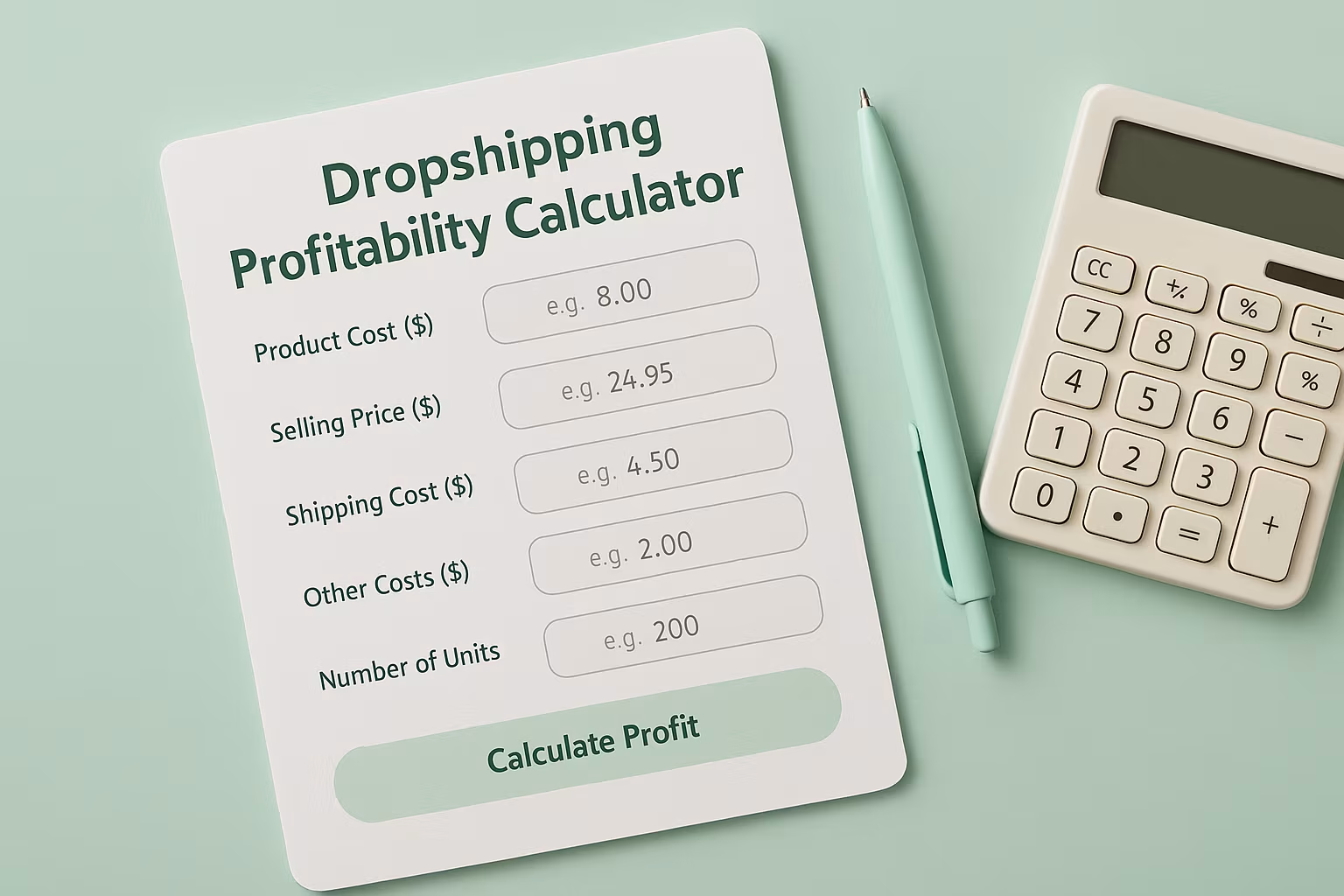
Cross-selling is a powerful revenue-generating strategy that can increase sales by up to 30%, according to McKinsey.
One widely used tactic is the 25% rule of thumb for cross-selling, a practical guideline that helps businesses drive add-on sales without hurting conversion rates.
This principle shapes pricing for complementary products, striking the right balance between revenue and customer trust.
Understanding what the 25% rule of thumb for cross-selling really means can help brands apply it more effectively and turn small add-ons into lasting profits.
Key Things to Understand About the 25% Rule of Thumb for Cross-Selling
The 25% rule of thumb for cross-selling states that complementary products or add-ons should ideally be priced at approximately 25% of the main product's value.
This pricing sweet spot makes additional purchases feel accessible and reasonable to customers who have already committed to a primary purchase.
When a cross-sell item falls within this 25% range, customers perceive it as a natural extension of their original purchase rather than an expensive upsell.
For example, if a customer is buying a $100 skincare set, cross-selling items priced around $15-30 would align with the 25% rule. These could include applicator brushes, travel containers, or complementary products like eye creams or specialized serums.
The Psychology Behind the 25% Rule
The 25% rule works effectively because it's built on solid psychological principles:
- Mental accounting threshold: Customers mentally allocate budgets for purchases. A cross-sell at 25% of the main purchase often falls within their "acceptable additional spend" threshold.
- Perceived value alignment: When cross-sell items are priced at roughly a quarter of the main product, customers perceive them as appropriately valued accessories rather than expensive add-ons.
- Reduced purchase friction: Lower-priced complementary items create less resistance after a customer has committed to a higher-priced main item - a phenomenon known as the contrast effect.
Implementing the 25% Rule in Your E-Commerce Strategy

Successfully applying the 25% rule requires more than just adjusting prices. Here's how to implement this principle effectively across your online store:
Product Selection and Bundling
The most effective cross-sells complement the main product functionally or enhance its value. When selecting cross-sell products to align with the 25% rule:
- Identify true complements: Choose items that directly enhance the functionality or enjoyment of the main product. For supplements, this might mean adding a shaker bottle to protein powder or including a measuring scoop with pre-workout formulas.
- Consider consumption patterns: Products that are used together naturally make logical cross-sells. For skincare products, this might include specialized applicators or complementary items in a skincare routine.
- Create logical product bundles: Group items that naturally go together but ensure the add-ons remain around 25% of the primary product's value.
Strategic Product Placement
Where and when you present cross-sell offers significantly impacts their effectiveness:
- Cart page recommendations: Display cross-sell items on the cart page where customers are already in purchasing mode.
- Post-purchase offers: Present cross-sells immediately after checkout when purchase satisfaction is high.
- Product page suggestions: Show complementary items on product detail pages under "Frequently bought together" or "You might also like" sections.
- Email follow-ups: Send relevant cross-sell offers based on previous purchases, maintaining the 25% price relationship.
Price Anchoring Techniques
The 25% rule works even better when combined with price anchoring:
- Display the main product price prominently: This establishes the anchor against which the cross-sell will be compared.
- Show savings on bundles: If offering product bundles, clearly highlight the savings compared to buying items separately.
- Emphasize value over price: Focus on the benefits and value the cross-sell item provides rather than just its lower price point.
Pro tip: Create tiered cross-sells with multiple options at different price points (15%, 25%, and 35% of the main product). Many customers will choose the middle option, allowing you to increase average order value beyond the strict 25% guideline.
Cross-Selling Success Stories Using the 25% Rule
Discover how leading brands boost revenue and customer value by applying the 25% rule in real-world cross-selling strategies.
Case Study: Supplement Brand Revenue Growth
A private label supplement brand implemented the 25% rule by cross-selling $15 vitamin packs alongside their $60 protein powder.
This simple addition increased their average order value by 18% without negatively impacting conversion rates.
Customers perceived the vitamins as a natural complement to their fitness regimen, and the price point felt reasonable after committing to the primary purchase.
Case Study: Skincare Product Expansion
A skincare company utilizing private label skincare solutions applied the 25% rule by offering $12-15 sheet masks as cross-sells to their $50-60 serums and moisturizers.
This strategy not only increased immediate revenue but also introduced customers to new product categories, creating pathways for future purchases and brand loyalty.
Common Mistakes When Applying the 25% Rule
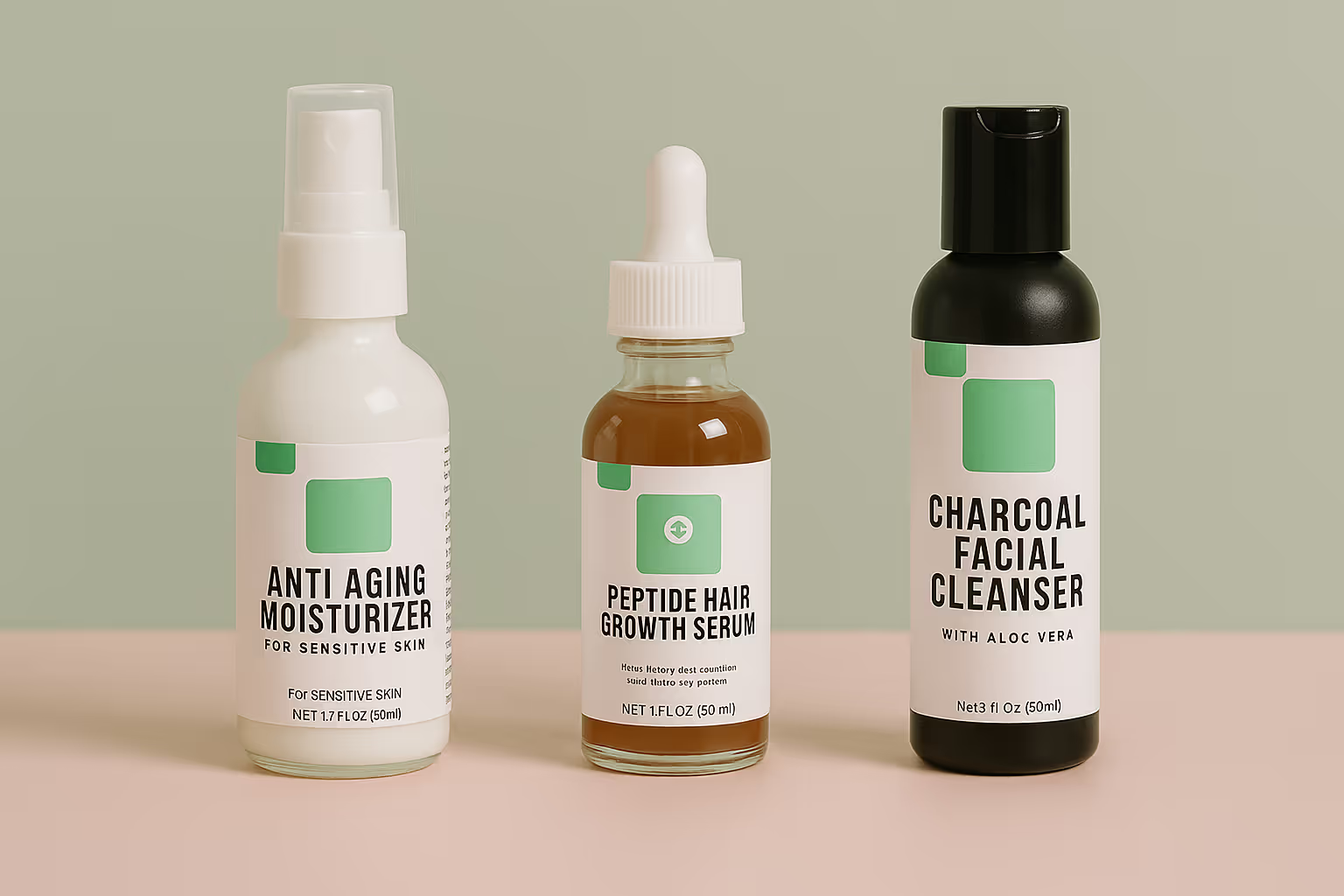
Even with a straightforward guideline like the 25% rule, businesses often make implementation errors:
Mistake #1: Cross-Selling Unrelated Products
Offering items that don't logically connect to the main purchase confuses customers and reduces conversion rates.
The relationship between products should be obvious and beneficial. Supplement brands shouldn't cross-sell unrelated lifestyle products just because they fit the price point—maintain relevance first, then apply the 25% rule.
Mistake #2: Applying the Rule Too Rigidly
While 25% is the guideline, the appropriate range might vary based on:
- Industry norms
- Product type
- Customer price sensitivity
- Purchase frequency
For some luxury products, the acceptable cross-sell percentage might be higher (30-35%), while for frequently purchased consumables, it might be lower (15-20%).
Mistake #3: Overwhelming Customers with Too Many Options
Presenting too many cross-sell options creates decision fatigue. Limit suggestions to 2-3 highly relevant items that follow the 25% rule. Quality of recommendations always trumps quantity.
Mistake #4: Neglecting to Test and Optimize
What works for one business may not work for another. Continuously test:
- Different cross-sell products
- Various price points around the 25% mark
- Different placement and timing of offers
- Various messaging approaches
Adapting the 25% Rule Across Different Business Models
The 25% rule can be adapted for various e-commerce models:
Dropshipping
For dropshipping businesses, the 25% rule helps maintain healthy margins while keeping shipping costs manageable.
Cross-selling smaller accessories often doesn't significantly increase shipping expenses while boosting revenue. When selecting cross-sell products, consider items that can ship easily with the main product.
Subscription Services
Subscription-based businesses can use the 25% rule to offer premium add-ons to their standard packages.
For example, a coffee subscription service using private label coffee might offer specialty brewing accessories priced at approximately 25% of the subscription cost.
White Label and Private Label Businesses
Businesses utilizing a fulfillment solution for white label or private label products can strategically develop complementary product lines specifically designed to hit the 25% price point. This creates natural cross-sell opportunities built directly into the product catalog.
Using Technology to Optimize Cross-Selling with the 25% Rule

Modern e-commerce platforms offer tools to implement the 25% rule effectively:
Automated Recommendation Engines
Platforms like Shopify offer apps that can automatically suggest cross-sell products based on purchase history, browsing behavior, and product relationships. Configure these tools to prioritize items that fall within the 25% price range of the main product.
AI-Powered Personalization
AI in e-commerce can analyze customer data to suggest the most relevant cross-sells within the appropriate price range. These systems can learn which combinations of products at which price ratios perform best for different customer segments.
A/B Testing Tools
Use A/B testing to experiment with different cross-sell price points around the 25% mark. Test whether 20%, 25%, or 30% of the main product price performs best for your specific audience and product category.
Beyond the 25%: Advanced Cross-Selling Strategies
While the 25% rule provides an excellent foundation, advanced sellers can incorporate additional strategies:
Progressive Cross-Selling
Instead of a one-time cross-sell, implement a sequence of smaller cross-sells that collectively exceed 25% but individually remain accessible. This works particularly well in post-purchase email sequences.
Seasonal Adjustments
During high-conversion periods (holidays, special events), test slightly higher-priced cross-sells as customers are often in a more generous spending mindset.
Loyalty-Based Pricing
For repeat customers, the acceptable cross-sell percentage may increase as trust in your brand grows. Consider dynamic cross-sell pricing based on customer loyalty status.
Measuring the Success of Your 25% Rule Implementation
To determine if your cross-selling strategy is effective, track these key metrics:
- Cross-sell attachment rate: The percentage of orders that include a cross-sold item
- Average order value (AOV): The increase in average order value after implementing cross-sells
- Revenue per visitor: How cross-selling affects overall revenue per site visitor
- Customer lifetime value: Whether cross-selling increases long-term customer value
- Repeat purchase rate: If cross-sells introduce customers to new products they later purchase directly
The Perfect Balance: Maximizing Cross-Sells Without Being Pushy
The ultimate goal of the 25% rule is finding the sweet spot between revenue optimization and customer experience.
When done right, cross-selling should feel helpful rather than pushy. The key is learning how to upsell without being pushy.
Remember that cross-selling isn't just about immediate revenue—it's about introducing customers to a broader range of your products, enhancing their overall experience, and building long-term loyalty.
Expert Strategy: Use Decoy Pricing to Influence Cross-Sell Choices
An advanced tactic is using decoy pricing among your cross-sell items. Offer three related products, priced at around 15%, 25%, and 30% of the main product. The highest-priced option serves as a “decoy,” making the 25% item look like the best value.
This technique leverages the asymmetric dominance effect, where shoppers naturally choose the middle option when it outshines a pricier, less appealing alternative. The decoy isn’t meant to sell—it’s there to boost the perceived value of your target cross-sell.
To make this work, ensure all options are relevant to the main product, but highlight the 25% item as the smartest choice through brief comparisons or visuals. Done right, this tactic can raise AOV without adding friction.
Take Your Cross-Selling Strategy to the Next Level
The 25% rule of thumb for cross-selling offers a smart way to boost revenue while keeping customers happy. By pricing complementary products at around a quarter of the main item’s cost, you can increase average order value without adding friction.
To get started, review your catalog and spot natural add-ons that fit the 25% range. Test different placements, messages, and price points to see what resonates with your audience.
Effective cross-selling isn’t just about revenue; it’s about improving the customer experience. When your suggestions feel helpful, customers are more likely to buy and return.
FAQ
Related blogs
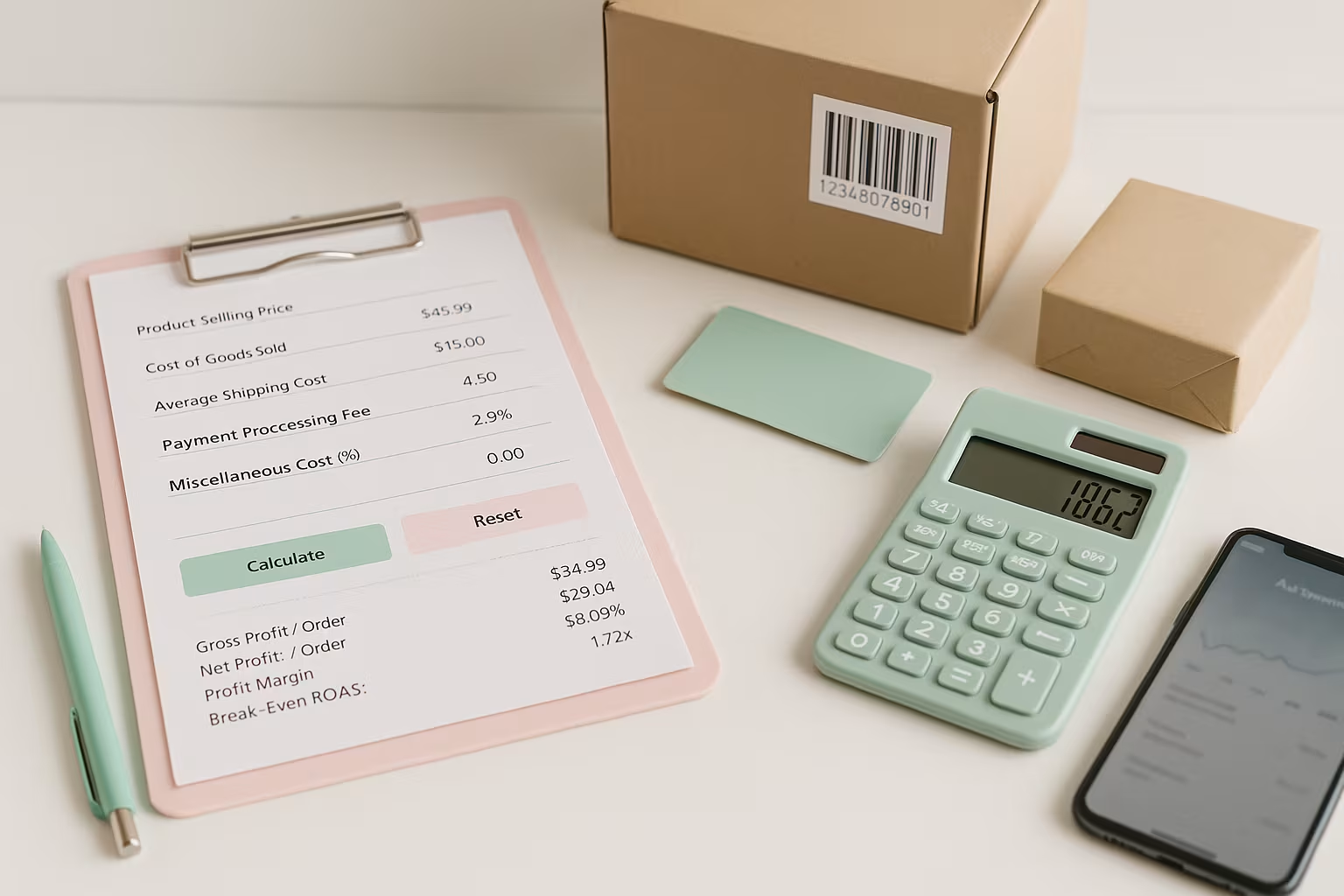
Break-Even ROAS Calculator: Find Out What You Can Afford to Spend on Ads
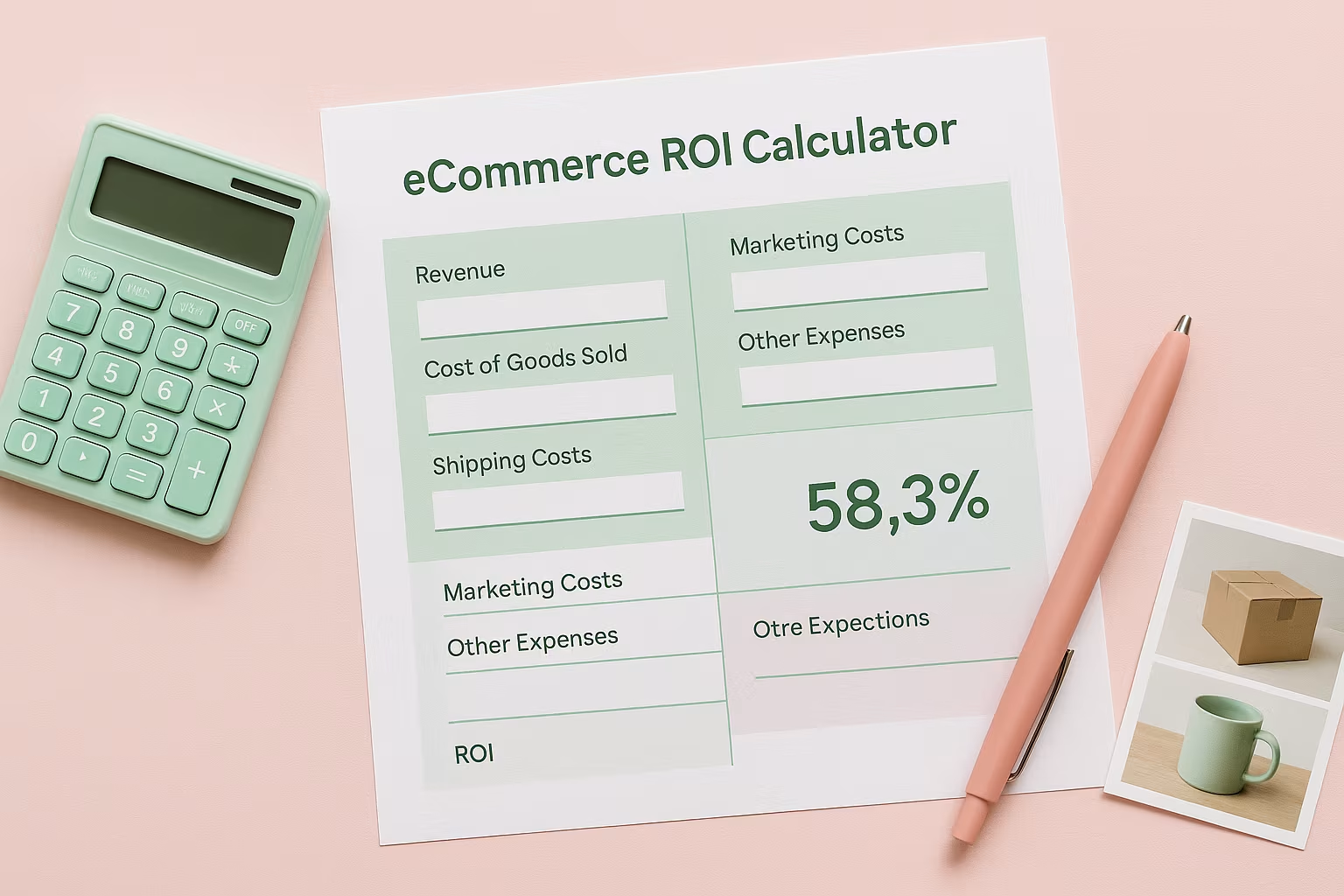
Ecommerce ROI Calculator: Scale Your Store
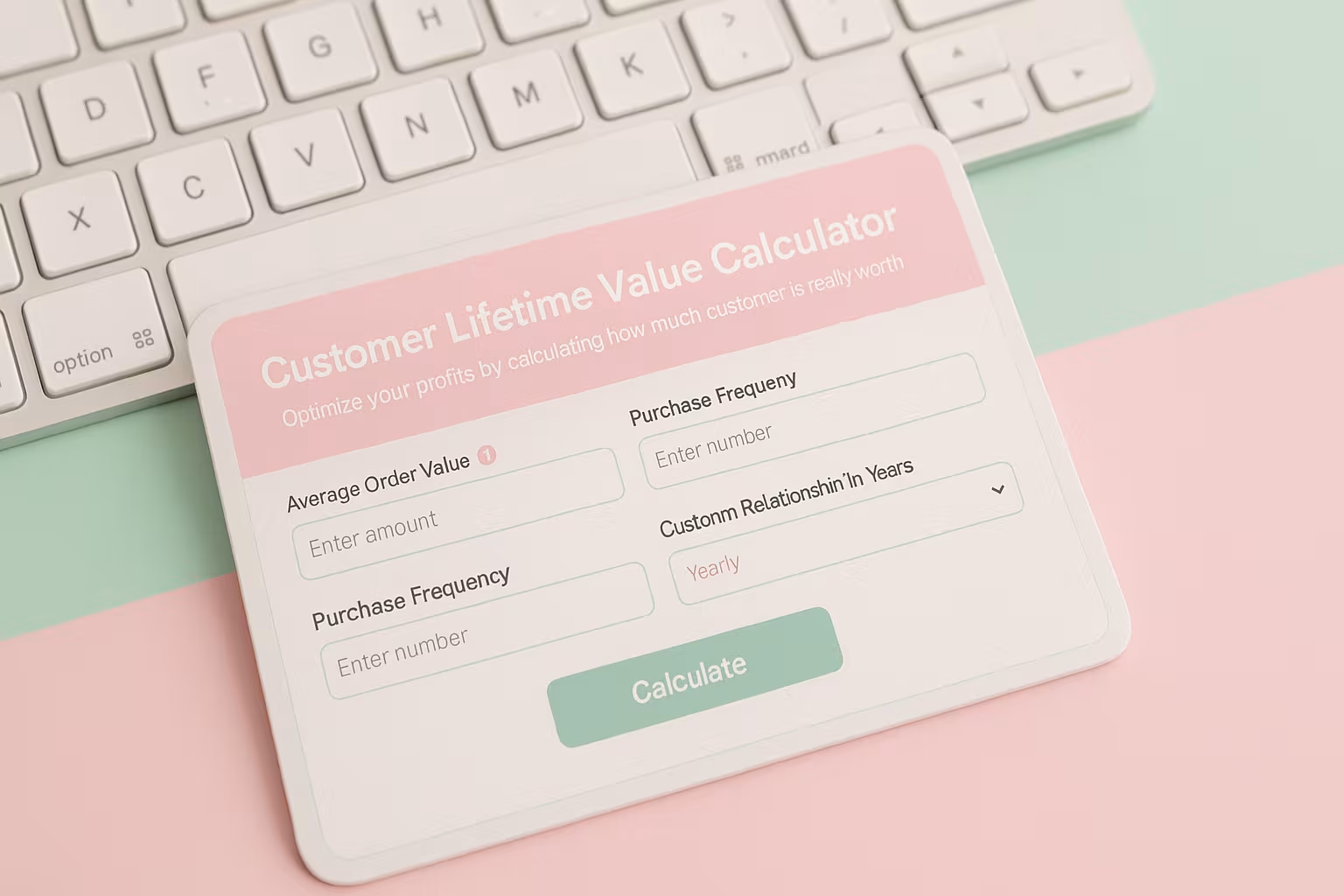
Customer Lifetime Value Calculator: Unlock Your E-commerce Revenue Potential
